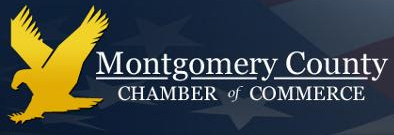How Factoring Has Been Used Over Time
Believe it or not, the practice of factoring to raise working capital has old roots, older than almost any other form of debt financing. Its roots go back to classical times when merchants traded across the vast distances covered by the Roman empire and beyond. The historical record also has evidence of its use throughout the middle ages and into the Renaissance and Enlightenment, when it was used by merchants to finance trade in the new world. While the exact model factors used to calculate and collect on advances have changed over the centuries, the general idea has remained the same.
Mercantile Factoring in Rome and the Middle Ages
The oldest version of factoring was based on the produce of estates or the goods brought to market by merchants. Both uses are well-documented back to the classical period. Land owners often promised the factor all or part of the marketable produce from estates with vineyards, olive orchards, or other seasonal commodities to raise working capital for other financial ventures ahead of the harvest. At harvest, the factor collected the goods and sold them, often for enough to send additional profits to the land owner beyond the cost of the loan. Similarly, those needing mercantile goods to trade abroad could raise capital based on the estimated value of the goods brought to port on the return trip.
Modern Factoring Uses
Today’s financial world is much more complex than the mercantile networks of the classical and medieval periods, so tangible goods are not used as the basis for financing. Instead, factors buy the outstanding invoices held by a business, taking over the collection process. Unlike accounts receivable financing, selling the invoices to a factor closes them out, and the factor keeps the full face value of the invoice upon collection. This typically means a factor charges more than inventory financing lenders, but it also means there is no recourse if your clients do not pay. That’s part of the risk the factor assumes.
Finding a Factor for Your Invoices
Modern factoring agreements tend to come from the same lenders that provide an array of other small business financing options for cash flow management. As a result, it should be easy to find one whose range of options and costs are going to work for your business. Keep in mind that the more likely the factor is to collect without incident, the greater a proportion of the invoice face value your receive. Young invoices from customers with a great payment history can be quite inexpensive to factoring, which is vital information if you’re seeking to raise a particular sum but not looking to factor every invoice you hold.

